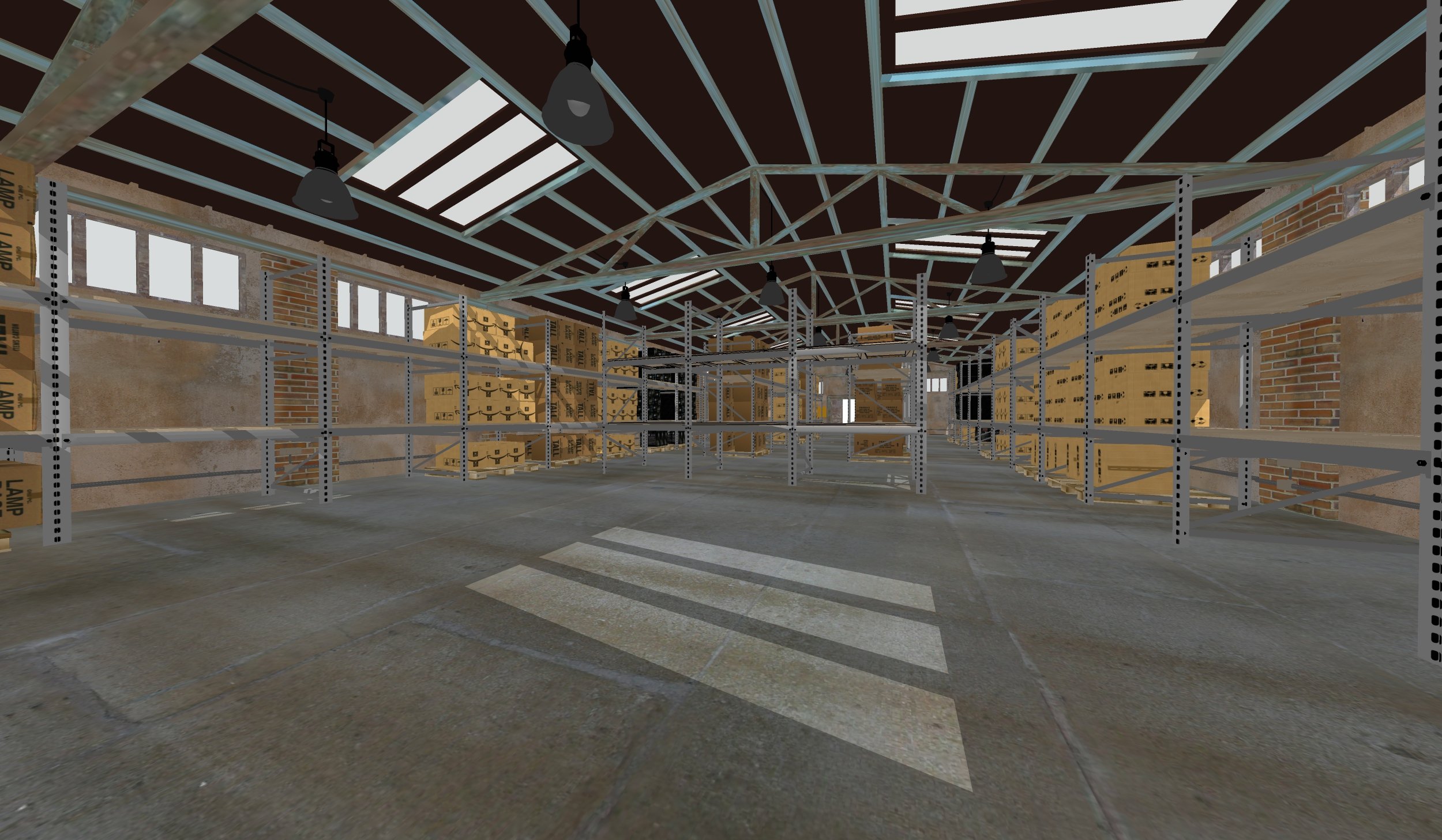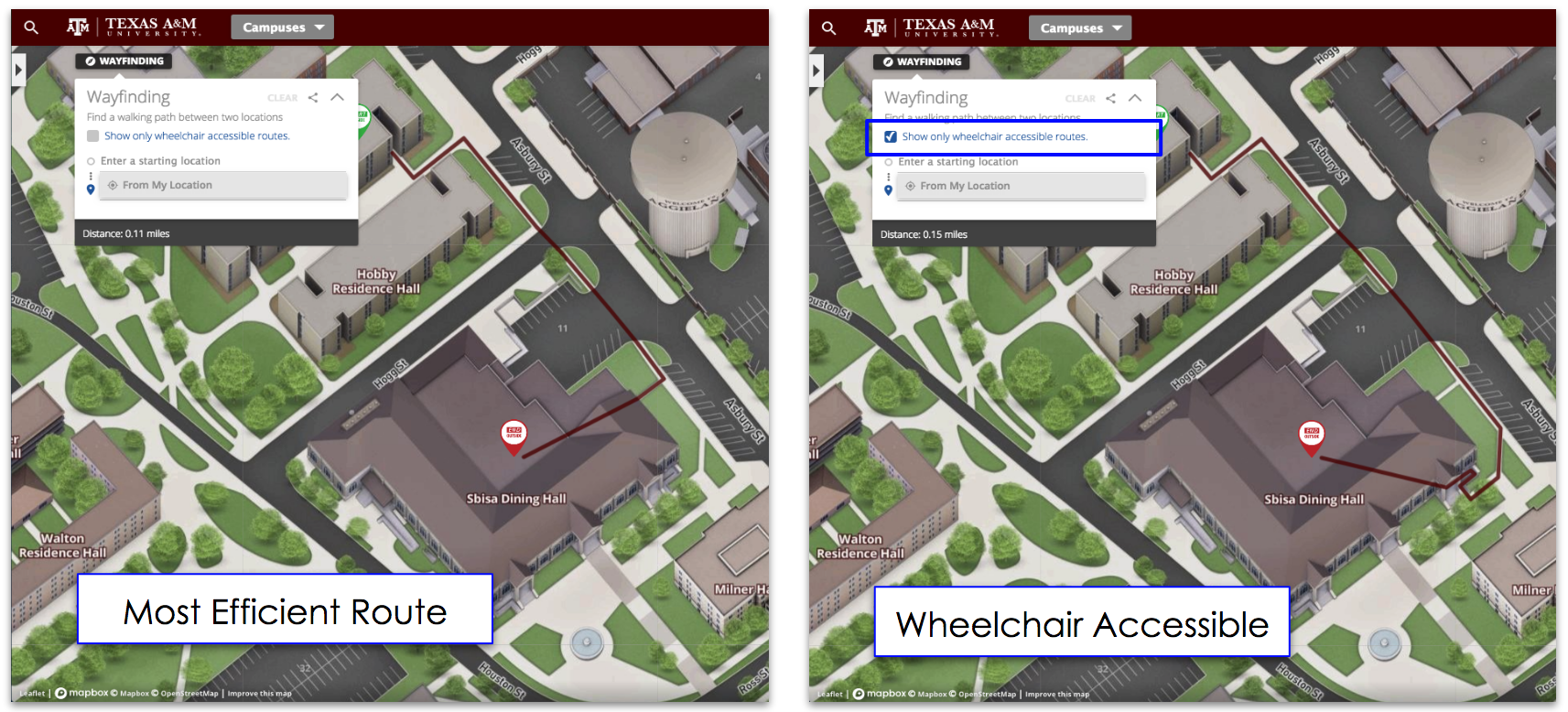From CampusBird Blog
Grad school is, in every sense, a different experience than that of the undergrad.
Grad students have been around the block. They're familiar with the basic functionality of a college campus. For them, the process of learning about a university centers on specific educational facilities, prior experiences of cohort members, and the amenities that will help in their research, Grad school is about action points more so than social points. It comes down to a ‘WOW’ factor – graduate students want to be impressed with the entire portfolio of what a university offers. Unlike a student coming from high school into college, convenience matters far less than practical application and productivity. Let’s look at the best ways for universities to use 3D mapping and other digital technology to attract top graduate candidates.
Graduate students are serious about finding the right program. Use 3D renders to highlight your school’s facilities.
Before they set foot on campus, a potential grad student can familiarize themselves with the program’s facilities. Research labs, classrooms, study centers and offices related to a program can be highlighted in great detail on an interactive 3D map. The goal here is to give them a good idea of what their day-to-day on-campus schedule will look like, with a strong emphasis on convenience and ease of use.
A graduate student coming for a campus tour will likely have done research in advance, and will be prepared with questions and a desire to see specific facilities. Give them the tools to preview these facilities with lifelike 3D renders. The easier an admissions department can make the student’s decision, the higher number of potential students will convert.
Grad students are more apt to show determination and dedication in their field
At 18, many teenagers aren’t entirely sure what they plan to do with their college degree. Mindset is perhaps the biggest difference between undergrad and graduate students. Grad students come into their program with a plan, and potentially even a course of action that will take them from their student work to a higher level in their career.
An admissions department must show the grad student specific examples of why their facilities and instructors are the ideal fit for that plan. The best way to do this is with technology, allowing 3D renders to showcase learning facilities and modern communications tools to connect professors with potential students.
Undergrads come from high school. Many grad students come from the workplace
Unlike undergraduates, grad students aren’t sitting back waiting for a professor to tell them exactly what they need to know. Many already work in their field and are pursuing an advanced degree in order to reach a new position or take the next step. An admissions department can better cater to their needs by reaching out following an inquiry to learn more about the student and send along a link to their virtual tour software.
Ask why they are interested in pursuing the Master’s Degree, and point them in the direction of a student, professor, or alum who can answer their specific program-related questions. With the uncertainty many grads face after finishing school, giving them comfort that the degree actually will perform the way they need it to is an incredibly valuable recruiting tool.
In the undergrad world, Friday nights are for socializing. In grad school, they’re for networking.
As we’ve mentioned already, grad students consider their schooling as a stepping stone in their career. They desire to meet people in the field, interact with them, and learn from them. Far from the days of plastic keg cups and conversations about that dreaded 8:00 AM class, graduate students want to meet with people who will help them advance.
Admissions departments can capitalize by showing grad students potential networking opportunities. For example, CampusBird's collaboration with Localist highlights opportunities for collaboration within the program. Students come away with a sense of community and know that their studies and apprenticeships will put them in touch with influencers in their field.
Moving forward
Admissions departments can use virtual tour software to show interested potential grad students exactly what their program offers from start to finish.





